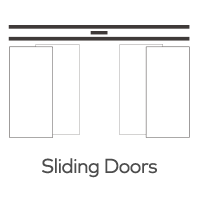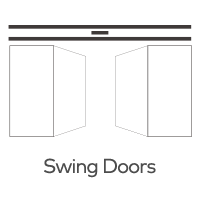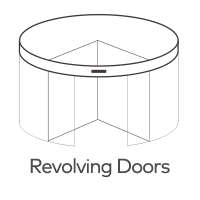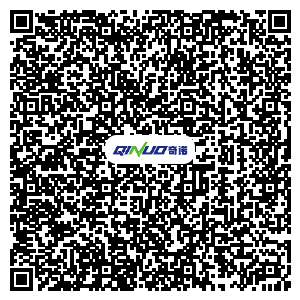How Does the Cost of Laser Safety Sensors Compare to Other Types of Safety Sensors Used in Automatic Doors?
Automatic doors rely on various safety sensors to ensure smooth and secure operation. Among these, laser safety sensors are widely used for their precision and reliability. However, when selecting a sensor, cost is a key consideration. How does the cost of laser safety sensors compare to other types of safety sensors, such as infrared, ultrasonic, and pressure-sensitive sensors? Let’s explore the price differences, value, and factors influencing costs.
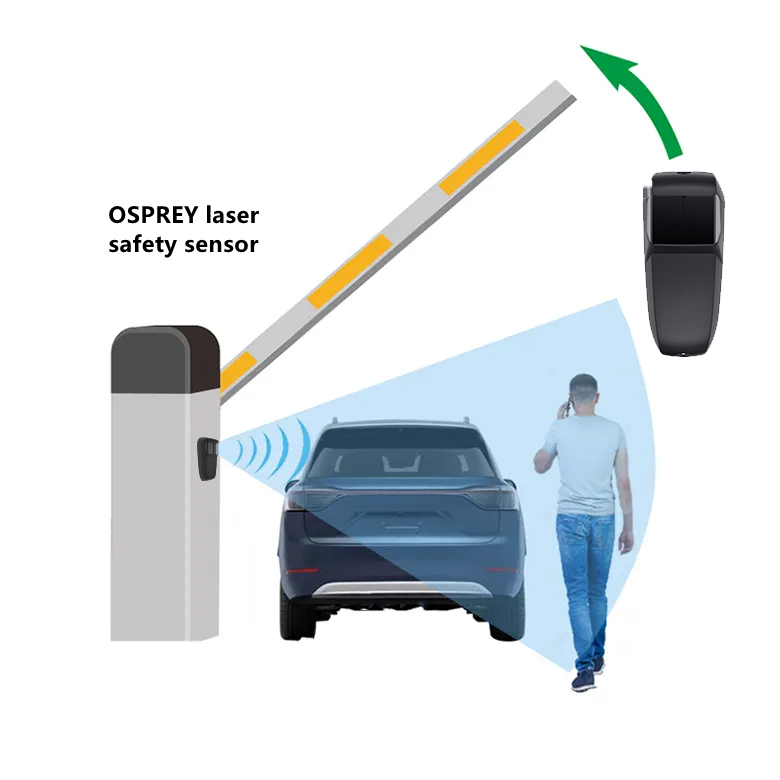
1. Cost of Laser Safety Sensors
Laser safety sensors are known for their accuracy, long-range detection, and ability to differentiate between objects and movement patterns. These advanced features contribute to their pricing:
- Price Range: Laser safety sensors typically range from $200 to $1,000, depending on brand, range, and detection capabilities.
- Factors Affecting Cost:
- High-precision detection technology
- Ability to detect small objects and fast-moving elements
- Long-range scanning capabilities
- Durability and resistance to environmental factors
2. Cost Comparison with Other Safety Sensors
Several other types of safety sensors are used in automatic doors, each with its own pricing structure:
A. Infrared (IR) Sensors
Infrared sensors are among the most common and cost-effective safety sensors.
- Price Range: Typically $50 to $300.
- Pros: Affordable, widely available, effective for detecting motion.
- Cons: Less precise than laser sensors, may struggle with detecting transparent or very small objects.
B. Ultrasonic Sensors
Ultrasonic sensors use sound waves to detect obstacles and motion.
- Price Range: Around $100 to $500.
- Pros: Works well in various lighting conditions, detects objects regardless of material or color.
- Cons: May struggle in environments with excessive noise interference, can have slower response times than laser sensors.
C. Pressure-Sensitive Mats & Edge Sensors
These sensors activate when pressure is applied, ensuring doors do not close on people or objects.
- Price Range: $100 to $600, depending on size and material.
- Pros: Reliable for detecting stationary objects, simple mechanism.
- Cons: Requires physical contact, may wear out over time, not ideal for fast-moving objects.
3. Value and Cost Efficiency of Laser Safety Sensors
Despite their higher initial cost, laser safety sensors provide value in the long run due to:
- Enhanced Safety & Accuracy: Reduces false activations and increases detection reliability.
- Lower Maintenance Costs: More durable than some traditional sensors.
- Advanced Features: Multi-directional scanning, customizable detection zones, and integration with smart building systems.
4. Choosing the Right Sensor Based on Cost and Application
When selecting a safety sensor for automatic doors, cost should be balanced with performance and specific application needs:
- Budget-Friendly Applications: Infrared or ultrasonic sensors may be suitable for standard automatic doors.
- High-Security or High-Traffic Areas: Laser safety sensors provide the best precision and long-term reliability.
- Industrial or Heavy-Duty Environments: Pressure-sensitive mats and edge sensors may complement laser safety sensors for enhanced safety.
Conclusion
Laser safety sensors are generally more expensive than infrared, ultrasonic, and pressure-sensitive sensors due to their advanced technology and precision. However, their superior accuracy, long-range detection, and durability make them a cost-effective investment for applications requiring high safety standards. Choosing the right sensor depends on budget, security needs, and the specific environment in which the automatic door operates.


